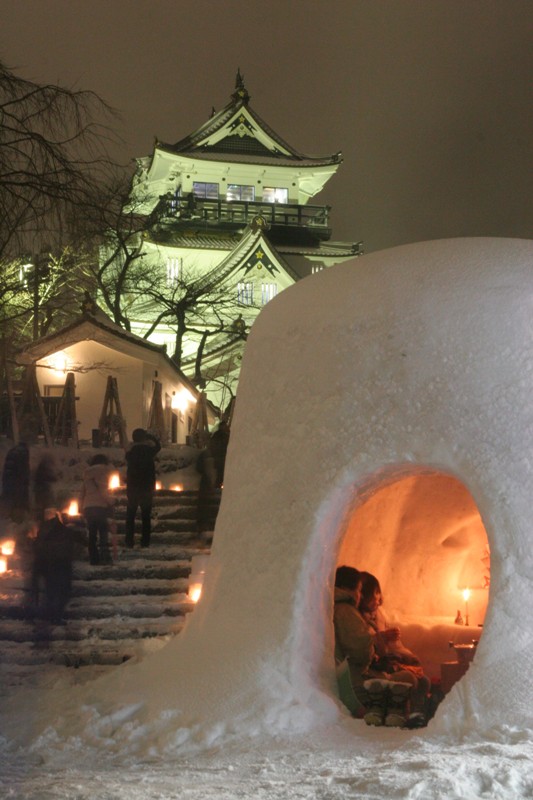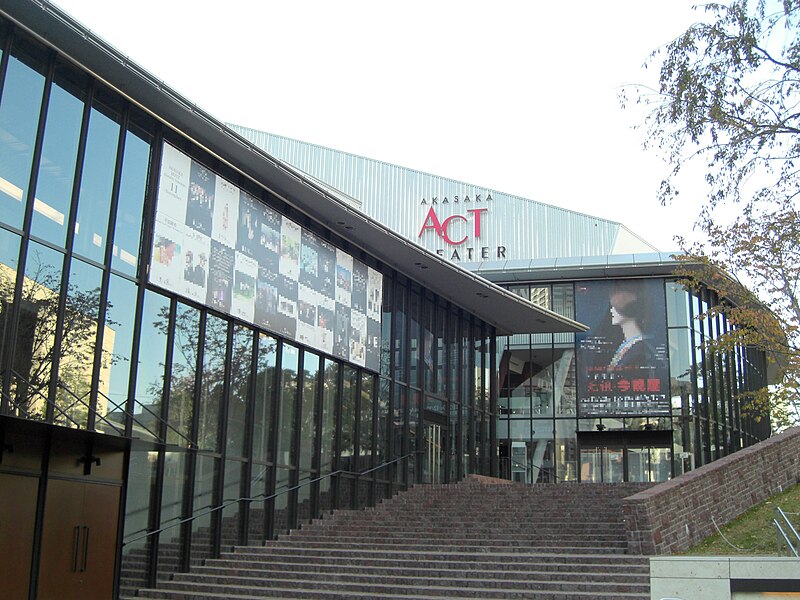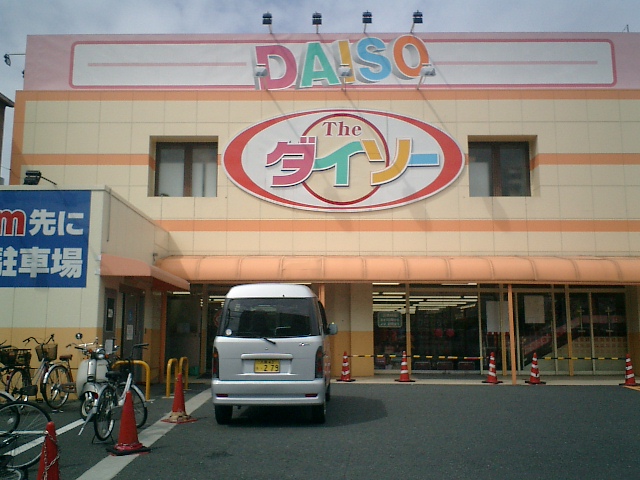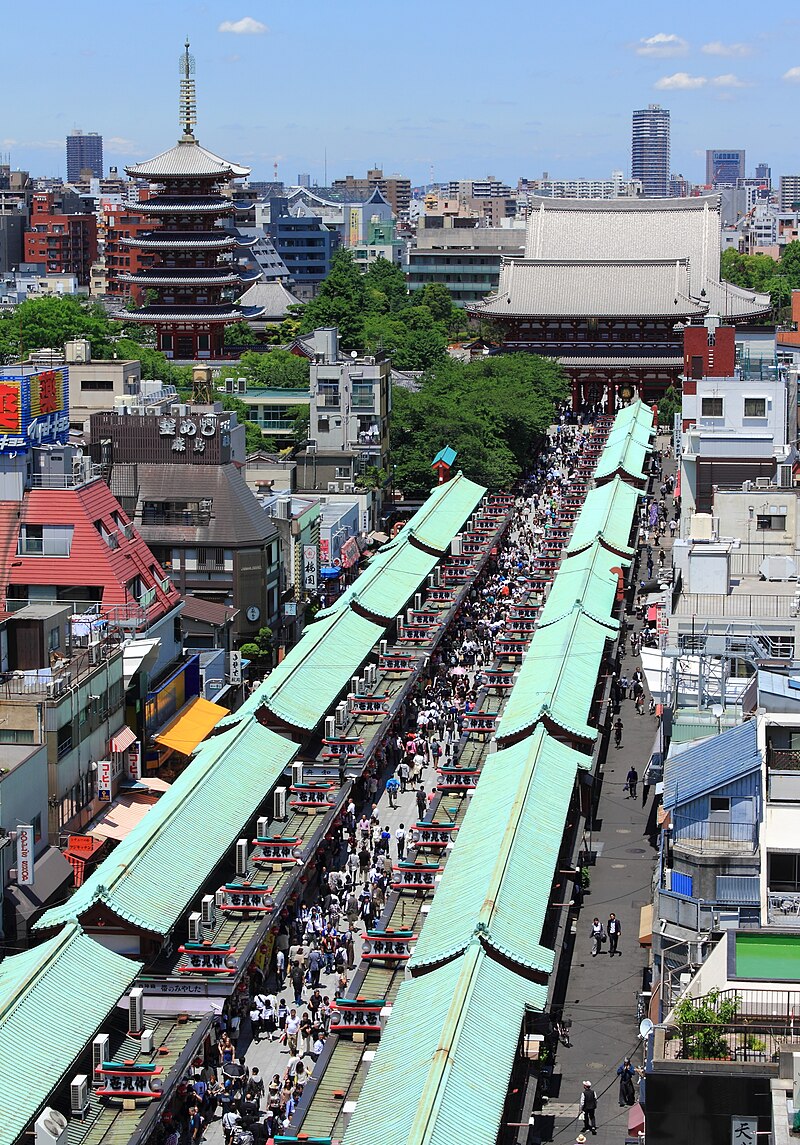
The Yokote Kamakura Festival (横手の雪祭り) has a history of about 400 years. It is held every year on February 15 and 16 in the city of Yokote in southeastern Akita Prefecture. The festival features many igloo-like snow houses, called kamakura, which are built at various locations across the city.
Within each kamakura there is a snow altar dedicated to the water deity, to whom people pray for ample water. A charcoal brazier is set up to provide warmth and grill rice cakes. In the evenings (18:00 to 21:00), children invite festival visitors into their kamakura and offer them rice cakes and amazake, a type of warm sweet rice wine with zero or very low alcohol content. In return, the visitors make an offering to the water deity at the altar.
Along Yokote River, hundreds of small kamakura the size of lanterns are made. These mini kamakura are illuminated by candles from dusk until around 21:00 and create a lovely sea of lights. At the grounds of the Minami Elementary School, more mini kamakura and some snow sculptures are displayed in front of the nice school building. Children can enjoy playing with snow and riding on a snow slide.
Photo:
"Kamakura-yuki" by (社)横手市観光協会 - (社)横手市観光協会. Licensed under CC BY 3.0 via Wikimedia Commons - https://commons.wikimedia.org/wiki/File:Kamakura-yuki.jpg#/media/File:Kamakura-yuki.jpg

















